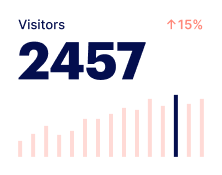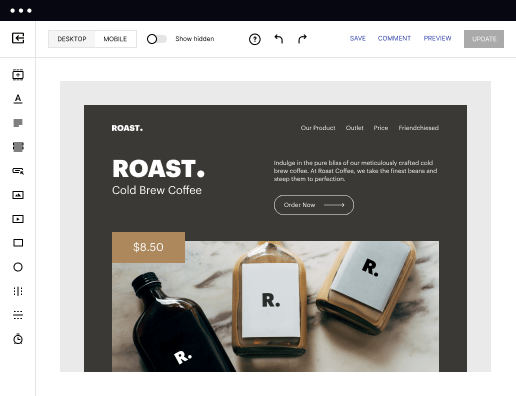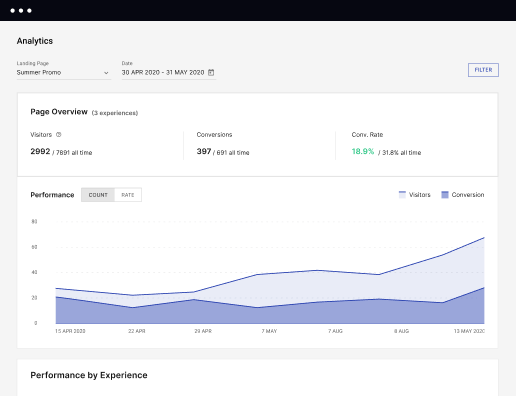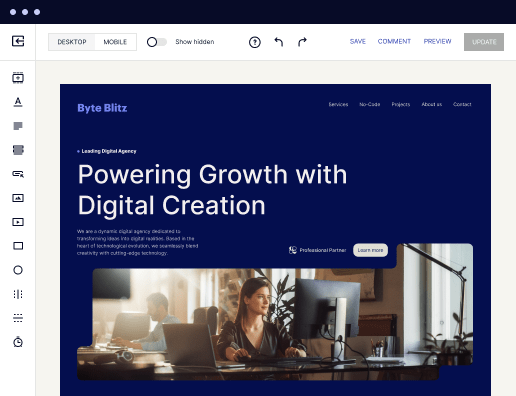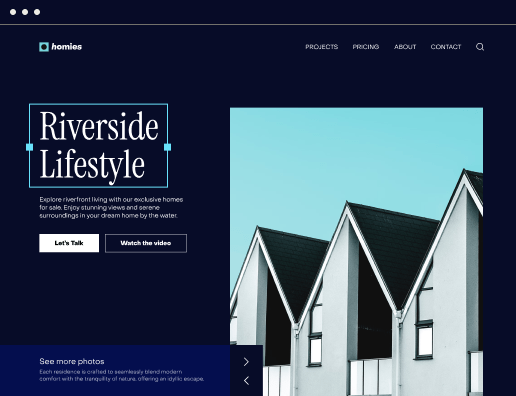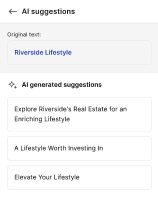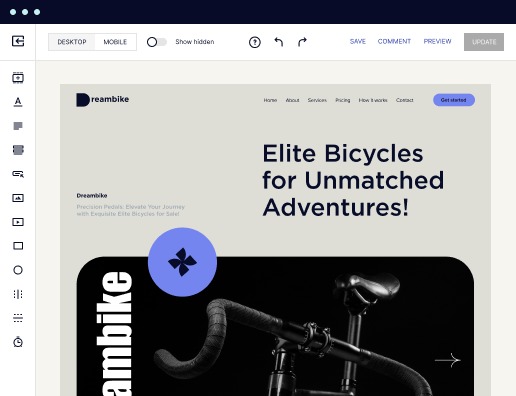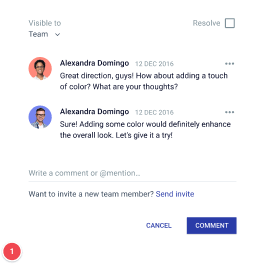Make your heatmap page designed for Android
Instapage empowers you to reduce costs, increase conversions, and deliver meaningful experiences on Android.
Master the art of making your heatmap page on Android with Instapage
Creating a heatmap page on Android can enhance your understanding of user interactions on your landing pages. Instapage simplifies this process, allowing marketers to leverage detailed visual data that highlight user behavior. This guide outlines the step-by-step process for making your heatmap page on Android, helping you optimize for higher conversion rates and enhance overall marketing strategies.
Why heatmaps are essential for your marketing efforts
Heatmaps provide valuable insights into user behavior, showing you where visitors click, scroll, and engage most on your landing pages. By utilizing Instapage’s heatmap functionality, you can easily identify trends and patterns in your audience's interaction, allowing for better decision-making based on real data instead of assumptions.
- Identify engagement hotspots: Discover which sections of your landing pages attract the most attention, helping you optimize content placement.
- Enhance user experience: Use insights from heatmaps to streamline navigation and content flow, ensuring users find what they need effortlessly.
- Boost conversion rates: Tailor your landing pages based on user behavior to effectively increase the likelihood of conversions.
Step 1: Setting up your Instapage account
To get started with creating your heatmap page on Android using Instapage, you first need to set up your account. Follow these steps to get started:
- Visit the Instapage website and sign up or log in to your existing account.
- Choose the specific landing page you want to analyze or create a new one using Instapage's templates.
- Access the analytics dashboard to enable heatmap tracking on your selected page.
Step 2: Generating heatmaps for your landing pages
Once your account is set up and you have selected a landing page, you can generate heatmaps by following these steps:
- Navigate to the settings of your landing page and select the 'Analytics' option.
- Enable the heatmap feature, choosing whether to track mouse clicks, scroll depth, or both.
- Publish your landing page to start collecting data and visualizing user interactions.
Step 3: Analyzing heatmap results
After collecting sufficient data, it's time to analyze your heatmap results. Here are key points to examine:
- Identify common areas of interaction: Look for clusters of clicks, which indicate high-interest areas.
- Evaluate the effectiveness of your CTA: Observe whether users engage with call-to-action buttons and links.
- Make informed adjustments: Utilize insights to optimize content, layouts, and designs based on user behavior patterns.
By following these steps, you can effectively make your heatmap page on Android using Instapage, which allows you to foster better user engagement.
Ready to enhance your marketing strategy? Start designing your high-converting heatmap page now with Instapage!
Get more out of Make your heatmap page on Android
Improve your Quality Score with quick load technology for landing pages
Increase conversions with content that aligns with your ads and audiences
Achieve maximum ROI by scaling your marketing initiatives
Leading the way in building high-performing landing pages





FAQs
See how to make your heatmap page on android in action
Ready to skyrocket conversions?
Supercharge your ad campaigns with high-performing landing pages.
Get started
